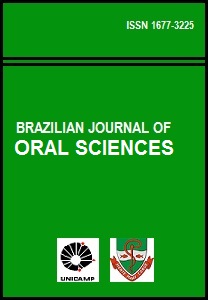Abstract
Aim: The objective of this study is to compare the knowledge, practice and awareness of oral hygiene among three different age groups (15-30, 30-45 and 45-60-year-olds) of the Saudi population in Sakaka. Methods: 629 subjects aged between 15-60 years were randomly selected. Data were collected by self-administered structured questionnaires and analysis was done using the SPSS statistical software. The subjects were divided in to A group (>30 years), B group (<31 years - >45 years) and C group (<46 years). Results: 30.7% (A group) of subjects preferred commercial bush to clean their teeth (p<0.001), while 5.9% (B and C groups) choose Miswak for cleaning. Group B people preferred brushing only in the morning (24.5%), while 16.5% of group A respondents preferred brushing twice a day. 23.1% of group A subjects responded that brushing regularly was the ideal way to avoid caries (p<0.05). 51.8% of all age groups had no idea on the effects of fluoride on caries disease. The reason to visit dentist was mainly for extraction (30.5%) followed by pain relief (28.9%). 62.62% (p<0.05) subjects had carious lesions, whereas 56.6% subjects had fractured teeth. The use of tobacco (16.7%) was highly prevalent in group B subjects (p<0.05). Tea consumption among A group subjects (49.6%) more than other age groups (p<0.001). 81.2% subjected were free from gingival bleeding (p<0.05). Most of the people (48.6%) preferred frequent dental camps in response to their opinion to improve dental facilities in Sakaka, Al-Jouf. Conclusions: The present study shows that poorer knowledge and oral health conditions among 30-45-year-old subjects (B group) compared to the other two groups. Generally, these data may be important in the evaluation of the past and planning of future oral health prevention and treatment programs targeting the high-risk populations.The Brazilian Journal of Oral Sciences uses the Creative Commons license (CC), thus preserving the integrity of the articles in an open access environment.
Downloads
Download data is not yet available.

